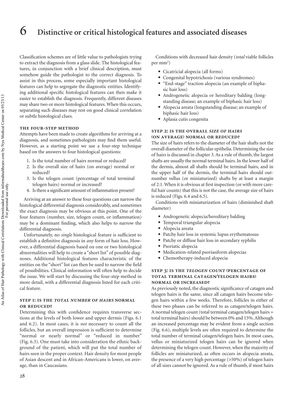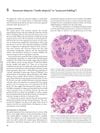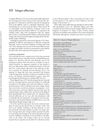Distinctive or Critical Histological Features and Associated Diseases
April 2012
in “
Informa Healthcare eBooks
”
histological features total hair count hair size telogen count inflammation cicatricial alopecia androgenetic alopecia alopecia areata telogen effluvium hair density miniaturized hairs telogen hairs sebaceous glands end-stage traction alopecia premature desquamation inner root sheath trichomalacia hair count hair thickness hair shedding scarring alopecia male pattern baldness patchy hair loss stress-related hair loss hair thinning small hairs resting phase hairs oil glands traction hair loss early shedding hair root sheath hair shaft damage

TLDR The document concludes that diagnosing hair loss requires evaluating multiple histological features, as no single feature is definitive on its own.
The document from 2012 provided a four-step method for diagnosing hair loss conditions using histological features, which included evaluating the total hair count, hair size, telogen count, and presence of inflammation. It emphasized that no single feature could definitively diagnose a condition, but a combination could lead to a differential diagnosis. Various hair loss conditions were linked to specific histological abnormalities, such as decreased hair density in cicatricial alopecia and androgenetic alopecia, and increased telogen count in alopecia areata and telogen effluvium. The document also highlighted distinctive patterns of inflammation and their related diseases, noting that conditions like alopecia areata could present with normal hair density due to an increase in miniaturized or telogen hairs. It distinguished between cicatricial alopecia, where sebaceous glands are lost, and end-stage traction alopecia, where they are not. Other features such as premature desquamation of the inner root sheath and trichomalacia were associated with specific alopecias, aiding in the differential diagnosis through microscopic examination.





